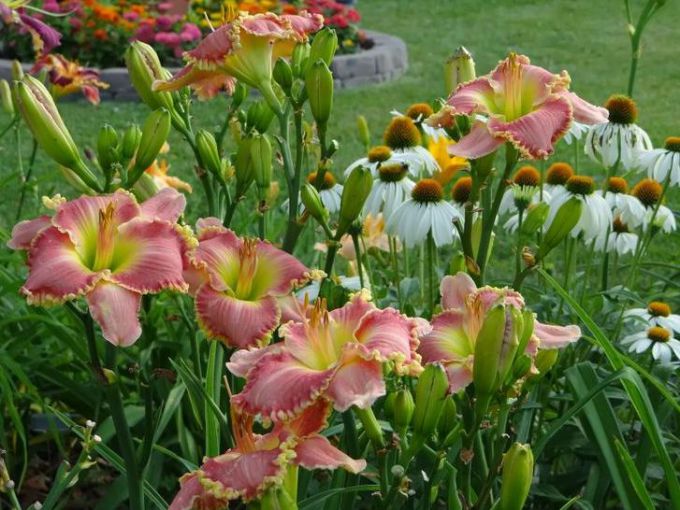On the merits
Daylilies belong to perennial plants, preserving during the whole summer season beautiful emerald green cascading foliage, which is good even without flowers in any floral arrangements.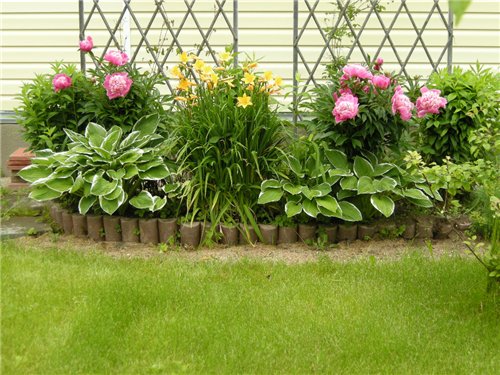
Thanks to many new varieties, daylilies are not inferior in beauty to not only the lilies, and even roses. About the colors, their various shades of color, shape and size, texture colors of this culture can say a lot. Depending on the height of the daylilies come in dwarf (30 cm) and up to 1 m and above.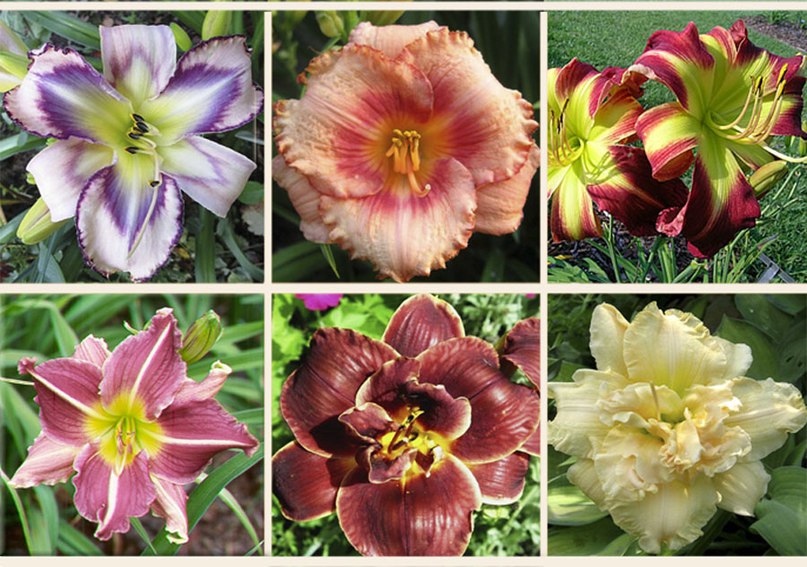
Hardiness, endurance and longevity (up to 7-8 years in one place without a transplant) makes these plants popular with beginners as well as people employed, but appreciate the beauty.
Where and how to plant daylilies
Daylilies will grow in shade, but the sun will blossom profusely. To the soil plants are not demanding. It is important that the soil was acidic and did not wet in the spring. If you fill the soil with humus and have a good dig over on a bayonet of a shovel, a few years plants won't require additional power. Except in dry weather when irrigation will become longer and more abundant flowering. Depending on variety, daylilies planted and divided in 4...5 years. New varieties don't grow as fast as the old one.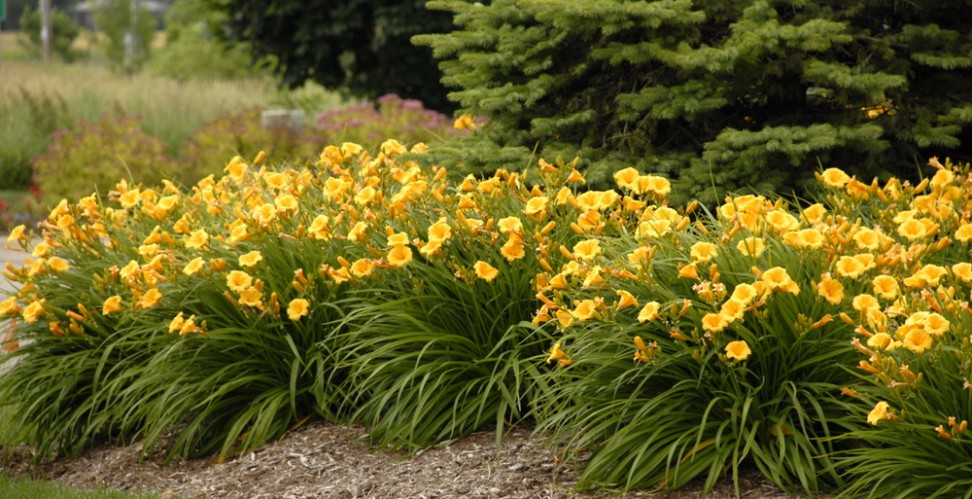
Planted "them out" in the spring, autumn, not buried root collar. In winter the leaves are cut and mulched root zone. If desired, daylilies can be transplanted in the summer, but flower stems need to be trimmed for the best survival.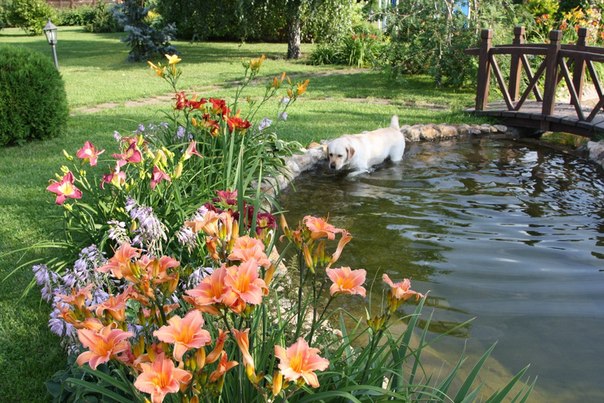
The daylilies look great in flower beds, along paths, near the water. The flowers open daily, replacing each other. They are suitable for cut flowers and long bloom in the water. Cut the flowers when the flower-wise opened the first flower.
You can find varieties of daylilies that bloom began from June until September, then the beauty of daylilies in the garden will delight for a long time.
